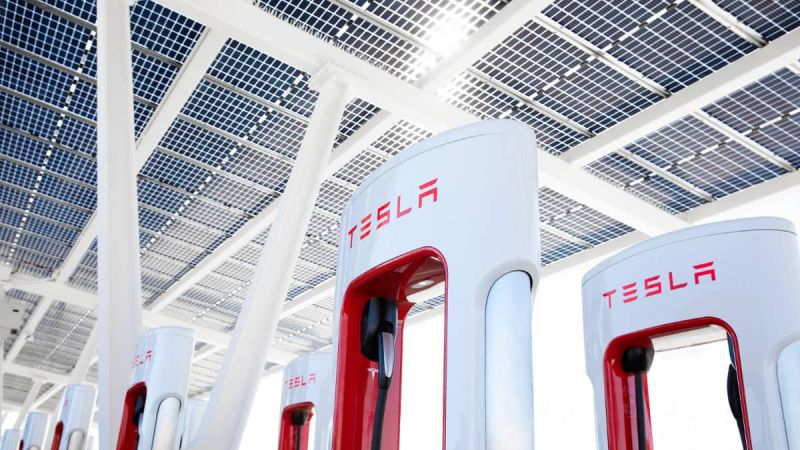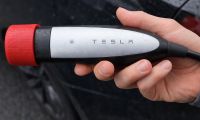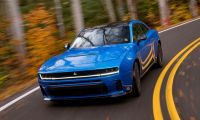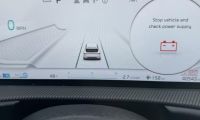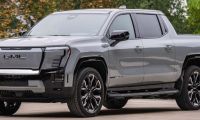It's called Sunswift 7 and it's an ultra-efficient solar electric car developed by students at the University of New South Wales in Sydney (Australia). It is the seventh evolution of a project that began more than two decades ago (1996) and which now boasts of having broken a record after covering 1,000 km (621 miles) in record time, without stopping to recharge.
The Sunswift 7 has been awarded - provisionally and in the absence of official confirmation - a new Guinness world record by traveling 1,000 kilometers on a single charge of its battery in less than 12 hours. Specifically, it needed 11 hours, 53 minutes and 32 seconds, which basically gives an average speed of 84.17 km/h (52 mph). The test was actually carried out on a circuit, more specifically at the facilities of the Australian Automotive Research Center (AARC), in Victoria (Australia).
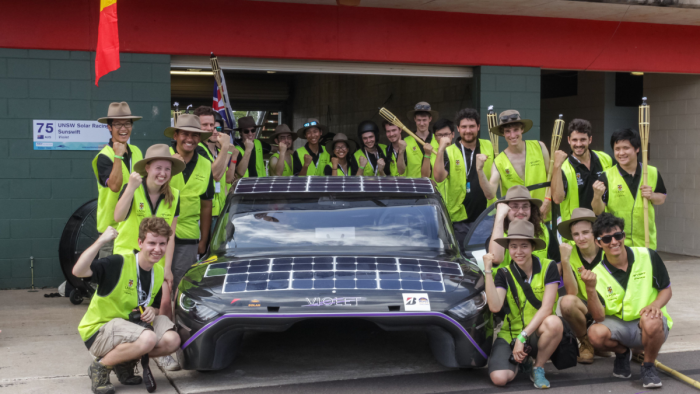
Record aside, the most interesting thing about this solar electric car lies in its technology and especially in its high efficiency. The Sunswift 7 uses a conventional battery of only 38 kWh capacity and -very interestingly - only conventional photovoltaic panels. Apparently the key is its low rolling resistance, along with its lightness and very low air resistance.
The Sunswift 7 has a drag coefficient of 0.095. To put this in context, the lowest-drag production car currently on sale, the “Lightyear 0”, has a Cx 0.175 drag coefficient. It is followed by the Mercedes EQS (Cx 0.20) and the Tesla Model S (Cx 0.208).
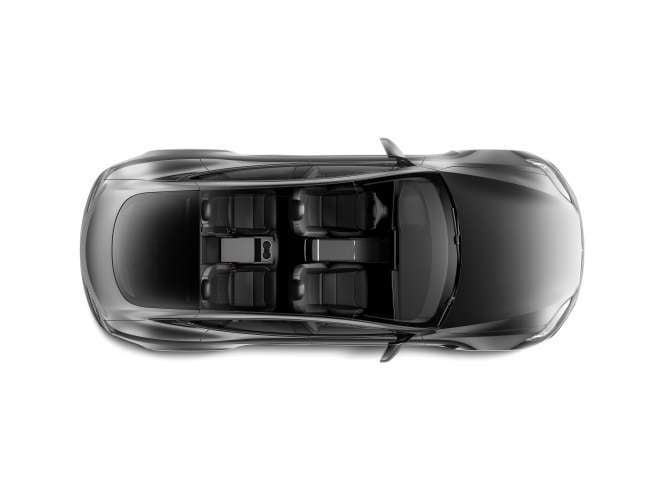
It is also very light: it weighs only 500 kilos (1102 lbs), but it does not have air conditioning, windshield wipers, airbags or ABS brakes, which makes it directly impossible to market as per current automotive regulations. There is also another problem: its price is extremely high, according to its own developers. For all of the above reasons, they themselves recognize that this is not the “car of the future”, but its technology will serve other mainstream electric brands such as Tesla, to make cars more efficient in the coming years.
The efficiency of the Sunswift 7 is demonstrated by the consumption data during the test: only 3.8 kWh/100 km, an amazing figure between four and six times less than that of a current conventional electric car: the rear-wheel drive Tesla Model 3 is the most efficient (production) electric car in the world, according to the EPA approval cycle, with an official consumption of 14.7 kWh/100 km.
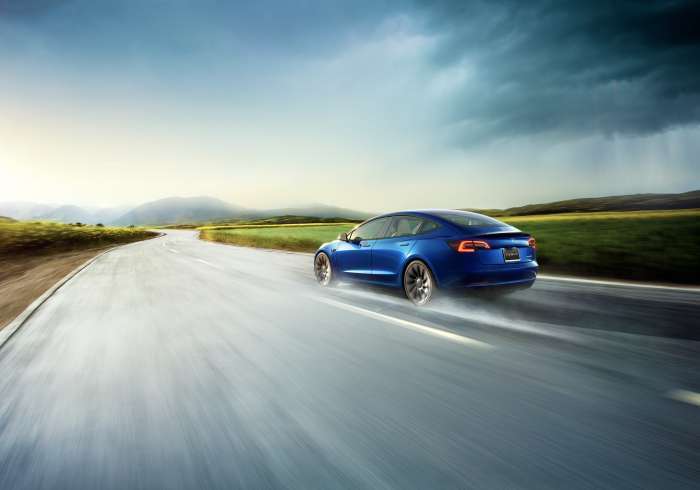
The record attempt was not achieved without some added drama, though: during the test there was a problem with the battery that caused the car to come to a complete stop. The rules stated that the Sunswift 7 could not be stopped for more than 15 minutes at a time; it took the team exactly 14 minutes and 52 seconds to fix the problem and get back on track, coming close to missing the record.
Other than this technical hiccup with the battery, the car was only stopped for driver changes every few hours, and to change a flat tire; in total, the Sunswift 7 completed 240 laps on the test circuit. The Guinness World Record certificate, which officially provides them with the world record, will be awarded once the car's telemetry data has been analyzed and confirmed by an independent team of experts.
On a side note, there were five team members who took turns driving the solar car during the almost 12 hours the test lasted, including Australian swimming legend and five-time Olympic gold medalist, Ian Thorpe. Bear in mind that Thorpe, as it is widely known, is 6 feet and 5.2 inches tall (1.96 meters), which clearly indicates that the car is not only designed for short or even average-height drivers; another advantage for future benchmarking.
The Sunswift 7 is the latest in a long line of solar electric cars that began way back in 1996. At that time, the Sunswift 1, developed from the Aurora Q1, reached a top speed of 70 km/h, and basically worked with the energy that it managed to transform from its 7.88 square meters of solar panels. The current team project manager is Professor Richard Hopkins, who won four F-1 world titles with Red Bull, as the team's chief operating officer.
The basic idea is that the technology used in the Sunswift 7 can be used by high-tech pioneers like Tesla, and the whole automotive industry, to make cars more efficient in the near future. In addition, no need to say that the energy obtained from the sun is 100% clean and renewable, so the Sunswift 7 is a clear example of how to use green energy to reduce emissions and make cars more energy efficient: an advantage for every single electric car maker.
Source: university of new south wales Sydney
Images courtesy of UNSW Sydney and Tesla Inc.
Nico Caballero is the VP of Finance of Cogency Power, specializing in solar energy. He also holds a Diploma in Electric Cars from Delft University of Technology in the Netherlands, and enjoys doing research about Tesla and EV batteries. He can be reached at @NicoTorqueNews on Twitter. Nico covers Tesla and electric vehicle latest happenings at Torque News.



